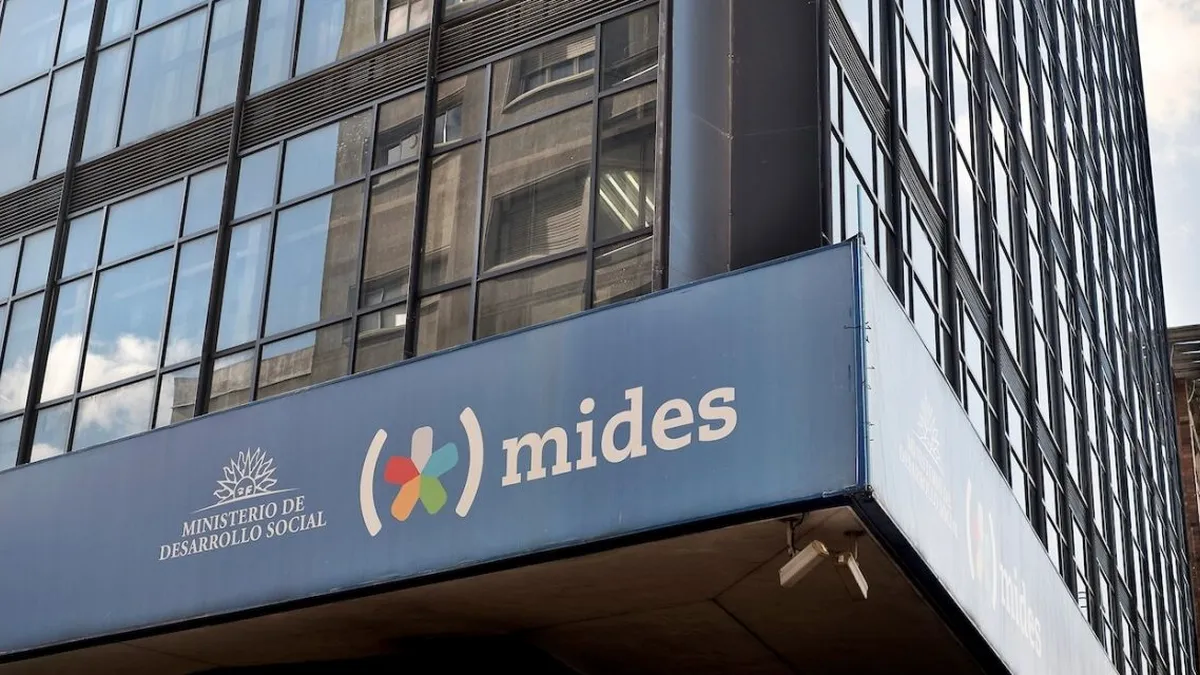The Ministry of Social Development will test the European Housing First model to deal with the problems of homeless people.
He Ministry of Social Development (Mides) will begin to apply a European model in response to the problem of homeless people in Uruguay, focused on innovating in the search for solutions, reducing night shelters to a minimum and guaranteeing housing.
The content you want to access is exclusive to subscribers.
The model is called Housing First and it is a scheme that proposes to approach the problem of homelessness from a comprehensive perspective that prioritizes housing. In this way, instead of attending to people in stages —first treating addiction and mental health problems, then carrying out actions around the person and, finally, working on the issue of housing—; the experience begins with providing a place to live while other issues are addressed.


The country has already been evaluating this type of approach since 2019 and has a precedent in “Supported Housing”one of the first modalities that Mides used in this new model in 2021 —supported by the proposal of the architect and researcher Gonzalo Bustillo, “Housing First”. This first initiative was not Housing First itself, but “Housing Led”although they configured an important innovation potential.
The innovation of Housing First
The new program that will begin to test the Mides consists of deliver a house directly to a person living on the street, and will be applied in six cases by the end of this semester. In parallel, the portfolio managed by Martin Motto will finance the delivery of 24 homes in the Housing Led modality.
Although the details of the program have not yet been drawn up, the recipients must have a certain autonomy so they will not be able to have strong addictions that limit their abilities.
In Uruguay, at the beginning of the current administration, there were 2,000 places for single people, of which 87% were in night shelters. Today, although that percentage has been reduced to 61%, the goal is reduce shelters to a minimum. Mides understands that this perspective is consistent with a new paradigm in terms of homelessness problems, while cities with 90% or 95% of responses around shelter or partial housing alternatives are far from offering definitive solutions.
Source: Ambito




